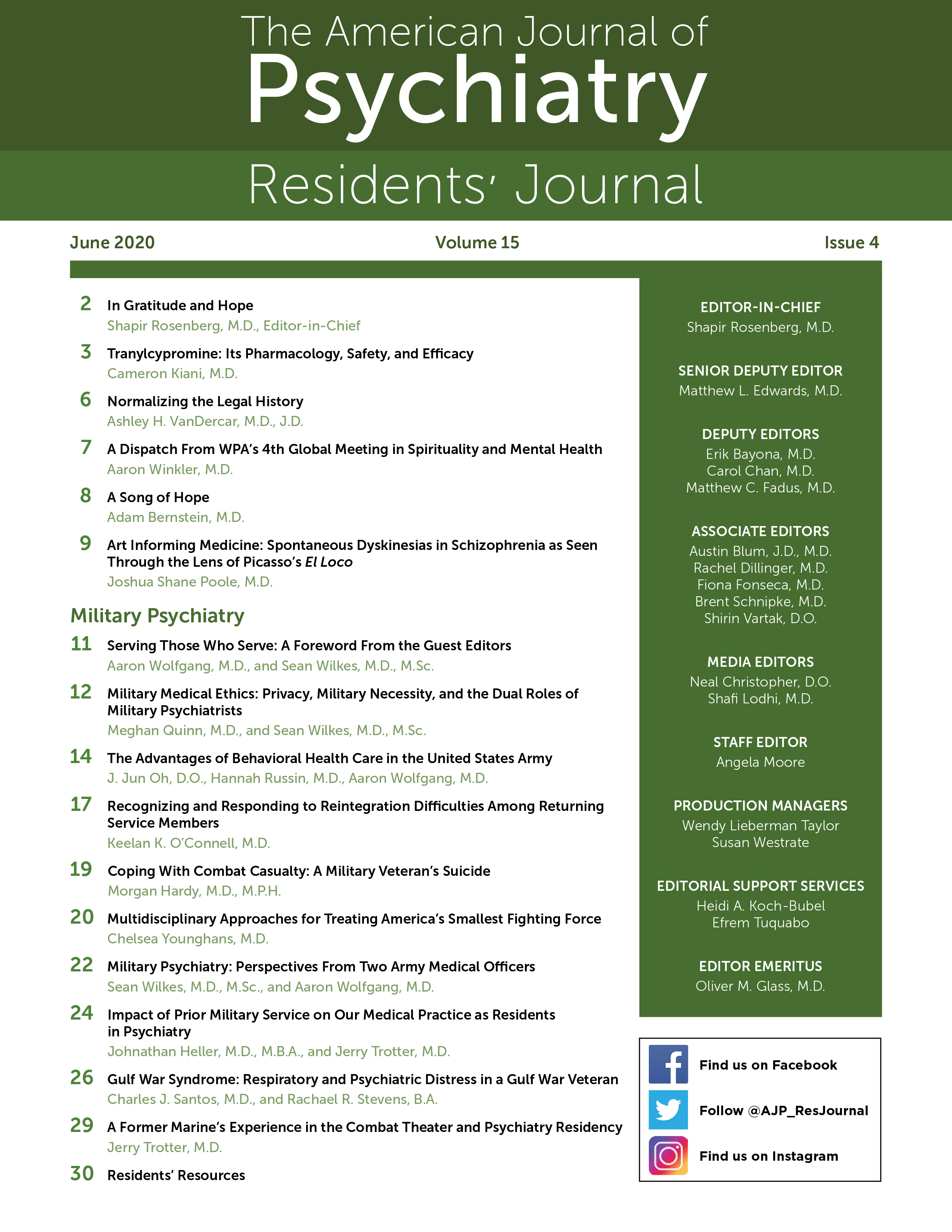El Loco, a 1904 impressionistic watercolor painting by Pablo Picasso, depicts an unkempt townsperson with exaggerated proportions and irregular posture. He is shown in a vibrant but unnatural blue with a body made of disproportionately long limbs, a gaunt silhouette, a torqued grimace, arcuate tension throughout his hands, and sinewy, flexed arms. This elongating distortion of the human form was popularized by El Greco, a Greek painter in the late Renaissance period. El Greco's art was profoundly influential to the Impressionist movement and to Picasso in his early "Blue Period," which was characterized by hues of blue and the concepts of marginalization and poverty.
As a reaction to realism, the Impressionist movement favored a more felt response to life, allowing the viewer to engage the medium more intimately than with the earlier, more technically accurate styles. As such, El Loco may simply be a stylized visual of the local "madman" that was meant to produce an emotion in its viewer. Yet something striking and familiar is seen in the movements of El Loco, augmented as they may be. They are reminiscent of a fairly common picture of individuals with severe mental illness, most notably those with schizophrenia.
But why the stereotyped movements in someone called "the madman"? Surely, his moniker is referring to his mental state more than his posture. Furthermore, the comparison to patients with schizophrenia seen today is incongruous, given that their atypical movements are largely due to the side effects of antipsychotics.
Perhaps not. The first antipsychotic, chlorpromazine, was discovered accidentally (or serendipitously) in 1950 and introduced to the general market in 1952—46 years after the completion of El Loco (when the mainstay of treatment for schizophrenia was institutionalization). There is evidence that spontaneous abnormal movements may be connected to schizophrenia, independent of the dopaminergic blockade found in antipsychotics.
Evidence of dyskinesias in patients with schizophrenia are referenced even by Kraepelin (1856–1926). He writes, "The spasmodic phenomena in the musculature of the face … which often appear are extremely peculiar disorders. Some of them resemble movements of expression wrinkling of the forehead, distortion with the tongue … which in no way bear the stamp of voluntary movements (
1).
One retrospective study of patients with severe mental illness (100 case studies ranging from 1911 to 1955) found that 98 of the 100 patients had some documented abnormal movement: 86 had disorders of posture, 84 had disorders of tone, and 74 had disorders of head, trunk, or limbs (
2). Although this study evaluated patients with "severe mental illness" and not specifically schizophrenia (the modern criteria for schizophrenia would not be formalized for several decades), it suggests a possible shared pathology between severe mental illness and specific motor disorders. Similarly, a retrospective study of patients with schizophrenia in the era before antipsychotics showed abnormal movements occurring in about 15% to 23% of patients (
3). Finally, a 2016 study in India that evaluated 100 patients with schizophrenia who had never taken an antipsychotic found that 14%–16% had involuntary, spontaneous dyskinesias (
4).
El Loco could offer a historical precedent for considering abnormal movement disorders a component of—or at least comorbid with—severe mental illness (including schizophrenia). Perhaps a more nuanced understanding of schizophrenia and dyskinesias may yet be discovered. It could be argued that studying art throughout history might yield further clinical insights into how we conceptualize mental illness. As a final note, it is said that Picasso himself struggled with mental illness throughout his life. Perhaps in his art there can be found a sympathetic and shared expression of the lived experience shown in "the madman."

